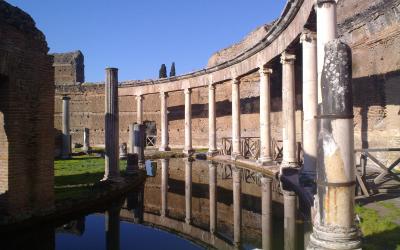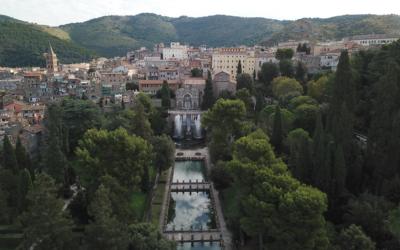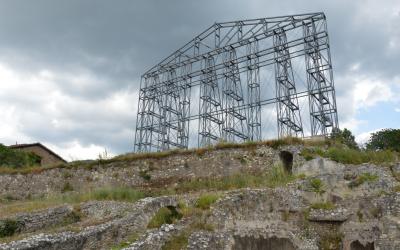Italian state museum dedicated to the Etruscan and Faliscan civilizations, housed in the spaces of Villa Giulia and Villa Poniatowski in Rome. Owned by the Ministry of Culture, it has been classified as a special autonomous museum since 2016.
The National Etruscan Museum is housed in the Renaissance villa of Pope Julius III, built as a suburban residence between 1551 and 1553, based on a design by Jacopo Barozzi (known as Vignola), Giorgio Vasari, and Bartolomeo Ammannati. The museum was founded in 1889 to bring together all pre-Roman antiquities from Latium, southern Etruria, and Umbria, belonging to the Etruscan and Faliscan civilizations. In 2012, the National Etruscan Museum of Villa Giulia expanded into parts of the nearby Villa Poniatowski, a historic papal dépendance. Today, Villa Giulia is the most important museum dedicated to Etruscan civilization, showcasing some of its greatest artistic achievements alongside exceptional Greek artifacts, which arrived in this region—between the 8th and 5th centuries BCE—when it was a remarkable crossroads of diverse cultures.BRIEF HISTORICAL OVERVIEW
-
Opening days
Tuesday to Sunday
-
Opening times
from 8.30 to 19.30 (closing time of the central door)
last entry at 18.30
closing of exhibition rooms at 19.00 -
Closing
Monday, January 1, December 9, and December 25, 2025
-
Extra Opening times
December 8, 2025
- Web National Etruscan Museum of Villa Giulia - ETRU
-
Feature List
- Info line
- Wheelchair accessible
-
Accessibility
Motor disabilities
ETRU has eliminated most of the architectural barriers.
Accessibility to some rooms is guaranteed to people with motor disabilities through alternative routes, elevators and stairlifts (not yet approved for motorized wheelchairs). A wheelchair is available at the entrance upon request.Visual disabilities
ETRU periodically organizes events and activities for blind or visually impaired visitors.
Upon request, the Museum provides visually impaired visitors with tactile reproductions that complement the visit to the rooms. Also upon request, it is possible to participate in tactile guided tours led by specialized personnel.This site is equipped with tools to support navigation for visually impaired people: the character enlargement function (AA symbol) and the contrast function.
Hearing disabilities
ETRU has made available the VideoguideLIS of the National Etruscan Museum of Villa Giulia and Villa Poniatowski. It can be downloaded for free from the Apple and Android Market Stores or can be used online.Go to the Visit Tools to download the app or to access the online VideoguideLIS
Consult the PEBA (Plan for the Elimination of Architectural Barriers) of the National Etruscan Museum of Villa Giulia - Villa Giulia Branch
Consult the PEBA (Plan for the Elimination of Architectural Barriers) of the National Etruscan Museum of Villa Giulia - Villa Poniatowski Branch
VISIT ITINERARY – SUMMARY
Ground Floor, Left Wing
- Vulci
- Cerveteri (Sarcophagus of the Spouses)
- Sanctuary of Pyrgi (Gold tablets, high-relief from Temple A)
First Floor, Left Wing
- Epigraphic Section
- Antiquarian Collections
- Kircherian Museum Collection (Ficoroni Cista)
- Gorga and Bernan Collections
First Floor, Hemicycle
- Castellani Collection (Castellani gold jewelry)
- Bisenzo (Bronze chariot)
First Floor, Right Wing
- Faliscan-Capenate Territory (Plate with elephant)
- Narce
- Falerii Veteres
Ground Floor, Right Wing
- Falerii Veteres (Apollo dello Scasato, Juno Curitis)
- Veii (Tomb of the Priest-King, Chigi Olpe, Apollo from the Portonaccio Temple)
Services
-
Visits
School Visits and Educational Activities by Reservation
Call Center: 848082408
Email: edu@coopculture.it
available in Italian, English -
Visits
Visite gruppi su prenotazione
available in Italian, English
tour@coopculture.it -
Audioguide
Audioguida
available in Italian, English
euro 7.00
Where
Piazzale Villa Giulia, 9, Roma (RM)











